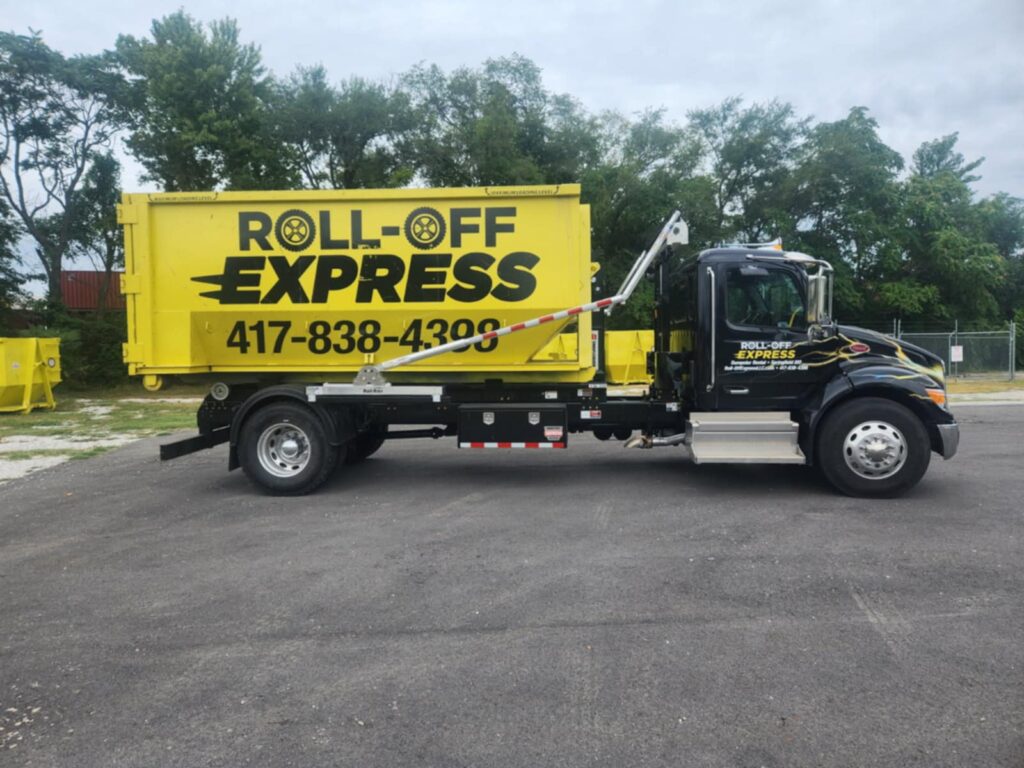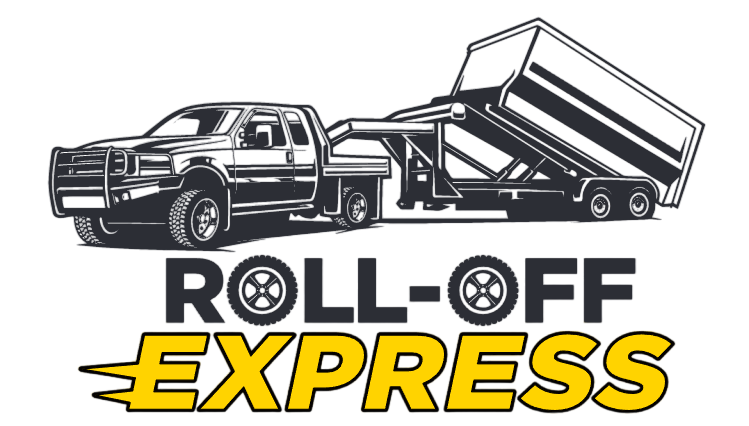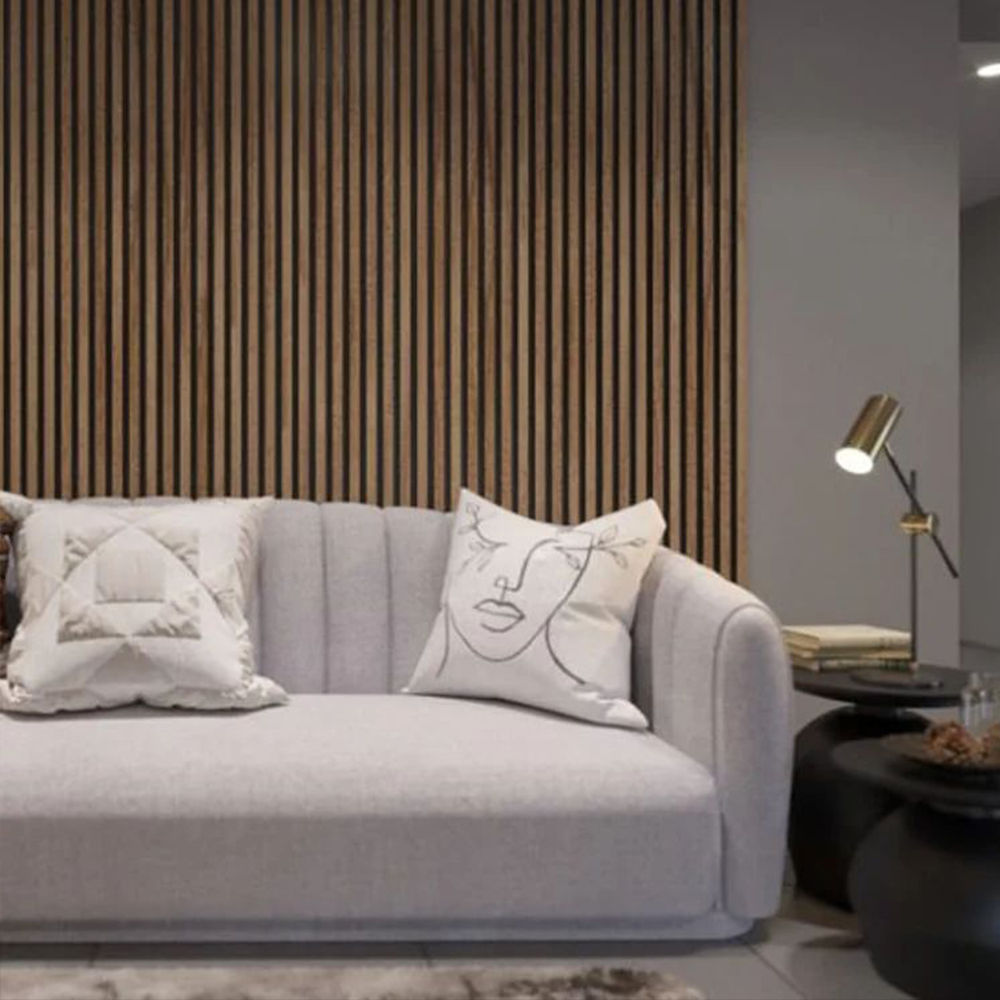
When it comes to finding reliable and efficient moving services in the Bay Area, dalycitymovers.net stands out as a trusted name for both residential and commercial relocations. Whether you’re moving across town or to another city, having professionals who understand the local landscape makes all the difference. Daly City, with its hilly terrain and tight residential areas, requires skilled movers who can handle challenges efficiently. From packing and loading to secure transportation, having experts who prioritize your belongings ensures a stress-free moving experience.
In the nearby city of San Carlos, the moving experience is just as crucial. When planning your relocation, it’s best to go to San Carlos Movers for dependable, customer-focused solutions that streamline your move from start to finish. These movers are known for their efficiency, friendly service, and local expertise that helps residents and businesses settle into their new locations with ease. Whether you’re relocating your home or office, having a moving partner familiar with San Carlos neighborhoods from White Oaks to Howard Park guarantees smoother logistics and timely delivery.
Why Choose Professional Movers in the Bay Area
The moving process can be overwhelming sorting, packing, labeling, transporting, and unpacking all require coordination and effort. Professional movers eliminate that burden by offering complete, end-to-end services. Daly City Movers and San Carlos Movers, for example, bring years of experience and specialized equipment to handle everything from fragile items to bulky furniture. Their commitment to customer satisfaction and safety ensures that each move is handled with precision.
Moreover, professional moving companies provide insurance coverage and adhere to safety standards set by authorities such as the Federal Motor Carrier Safety Administration (FMCSA). This adds an extra layer of trust and accountability, giving customers peace of mind knowing that their belongings are protected throughout the move.
Daly City Movers: Local Expertise with a Personal Touch
What sets Daly City Movers apart is their understanding of the local environment. The region’s unique topography, traffic flow, and housing structures can pose challenges for an unprepared mover. Daly City Movers combine local knowledge with modern moving techniques to provide a seamless experience for homeowners, renters, and businesses alike. They offer customized services whether you need full-service moving, packing assistance, or temporary storage solutions.
In addition, they are known for their transparent pricing and clear communication. Customers receive detailed quotes upfront, ensuring there are no hidden fees or surprises. Their well-trained teams work efficiently to ensure the moving process stays on schedule and your items arrive safely at their destination.
San Carlos Movers: Reliable and Community-Oriented
San Carlos Movers share a similar dedication to excellence but focus specifically on the San Carlos area. Known as the City of Good Living, San Carlos is a vibrant community with diverse housing options from charming bungalows to modern apartments. San Carlos Movers understand the nuances of moving in such a community and tailor their services accordingly.
They offer flexible scheduling options, environmentally friendly packing materials, and climate-controlled trucks for delicate items. These movers also specialize in both residential and office relocations, helping businesses minimize downtime during transitions. Their customer-first approach has earned them repeat clients who value reliability, punctuality, and care in handling personal or professional items.
The Benefits of Hiring Local Movers
Hiring local movers offers distinct advantages. First, they understand the geography, traffic patterns, and local regulations better than out-of-town moving companies. This means fewer delays and more efficient service. Second, local movers are more invested in maintaining their reputation within the community, leading to better customer care and accountability.
Daly City Movers and San Carlos Movers exemplify these qualities. Their strong presence in the Bay Area, coupled with their professional ethics and experienced staff, makes them top choices for families and businesses planning relocations.
Tips for a Smooth Move
To get the best results, start planning your move at least a few weeks in advance. Declutter your home or office, label boxes clearly, and communicate your expectations with your movers. For added safety, ensure that the moving company you choose is licensed and registered with the FMCSA. This helps you verify their credentials and ensures compliance with federal transportation standards.
Conclusion
Moving doesn’t have to be stressful when you have the right professionals by your side. Daly City Movers and San Carlos Movers are both known for their quality service, efficiency, and dedication to customer satisfaction. By relying on their expertise, you can focus less on the logistics of moving and more on settling comfortably into your new home or office. For anyone looking to relocate across the Bay Area, these two moving services represent the gold standard in trust, reliability, and peace of mind.



